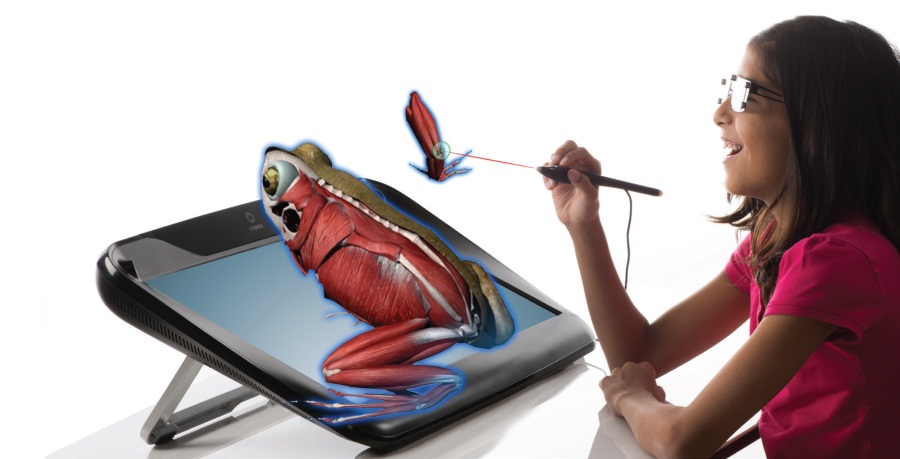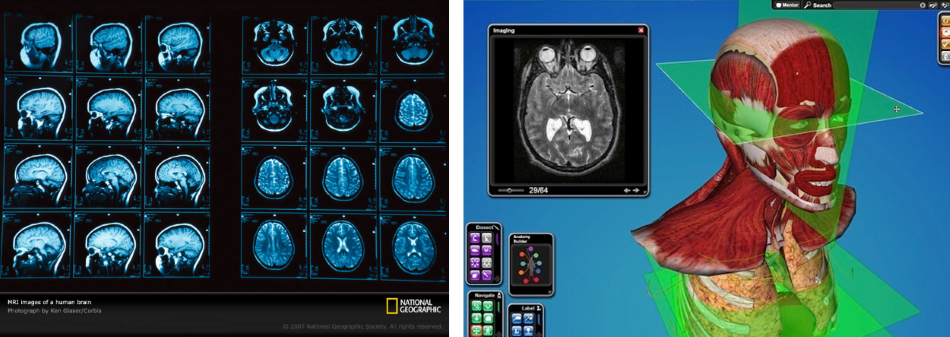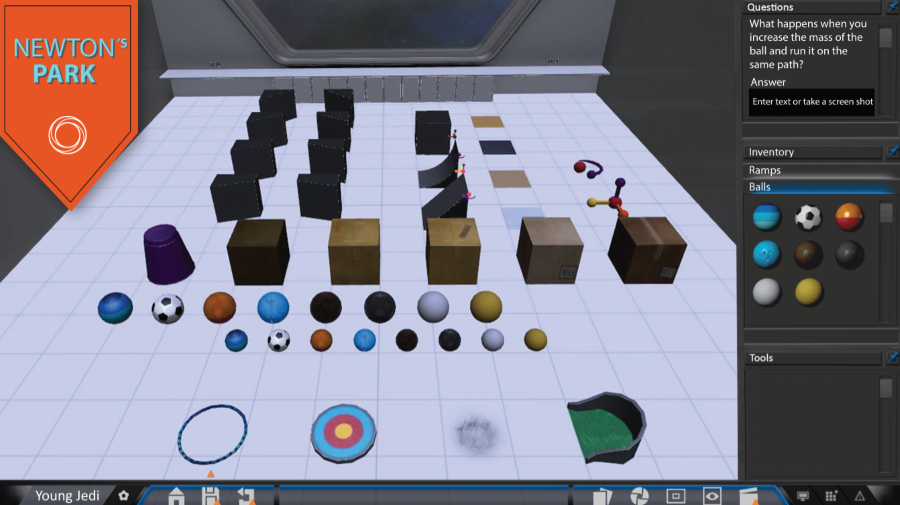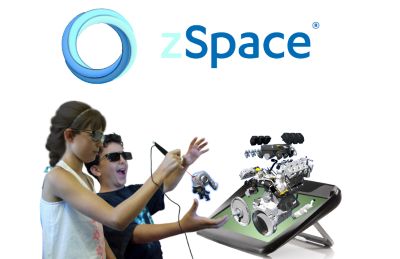
Zspace Virtual Reality Classroom
The ISTE (International Society for Technology in Education) Conference 2014 was full of awesome EdTech products. However, there was one product in particular that really stood out. The zSpace was far and away the most interesting thing that we, or at least I, looked at. Although the zSpace was one of the collest things that I have ever seen, the product does not lend itself to an easy explanation. Here is what the company calls the device:
zSpace is a virtual environment for immersive exploration, visualization and learning.
 Here is a quick look at the zSpace in use, to give you a better idea of what it does:
Here is a quick look at the zSpace in use, to give you a better idea of what it does:
While that does a good job of showing some of the capabilities of the zSpace, it truly has to be seen in person to grasp the power of the device. I hung out at the zSpace booth for a good hour. Every single person I saw use the device had the same exact reaction: mouth wide open amazement, myself included. Take a look at this woman’s reaction:
The possible applications of the zSpace are just about endless. One of the most remarkable applications on display at ISTE had to do with healthcare. David Chavez, the company’s CTO, gave me an in-depth demo of some of the healthcare applications. In one example, the zSpace converted a standard MRI output into a 3D, manipulable model. Rather than just looking at the normal slice model of an MRI (below left), the zSpace provides users with a full, 3D image of the MRI that can be manipulated and viewed in just about any possible way (below right):

The standard MRI output (left) vs. the zSpace model of the same data (right).
While the zSpace device is still in what could be called its infancy – in terms of software development and implementation – the platform already boasts a robust set healthcare applications. Cyber Anatomy Med VR – the application on display at ISTE – offers users:
- A virtual reality learning environment where anything is possible with ease
- The ability to manipulate organs or cryogenic cross-sections
- the ability to search and view specific systems or the whole body
- And the ability to visualize CT/MRI scans correlated to the appropriate positions in the body1
the zSpace also includes many less-complex applications, aimed at K-12 education. I can’t speak to the quality of all the applications, but I did get a chance to demo Newton’s Park. Newton’s Park is a physics-based environment for experimentation:
zSpace’s Newton’s Park is an open environment where teachers or students can set parameters to experiment with forces and objects in motion. The activities and experiments offer learning opportunities for Newton’s Laws of Motion and Rube-Goldberg or chain-reaction activities. Students can build simulations, change gravity, stop and reverse time while gathering data and interact with the data to discover the real physics behind the movement of the objects.2

On top of all that, the zSpace carries some wild implications for gaming. Though gaming is certainly not the main, or even one of the main, use case for the zSpace, it is nonetheless noteworthy. While I was at the zSpace booth at ISTE, David Chavez showed me a 3rd person shooter, developed for the platform. In a word, the game experience was incredible. The zSpace has two cameras built in that track your head movement. These cameras made for a wild game experience. When playing – even though the game was in 3rd person – you can change the view of the environment drastically by moving your head around. For example, in one area, there was a large overhang at eye level of the character; by lowering your head a bit, in a sort of ducking movement, the entire area behind the overhang was viewable.
The zSpace was, by far, the most incredible thing that I saw at ISTE. While I was at the booth, I had a chance to ask David a few questions about the platform and some of the implications for the device. Check out the interview below, and head on over to zSpace.com for more info:
- zSpace.com, “Cyber Anatomy Med VR” ▲
- zSpace.com, “Newton’s Park” ▲

